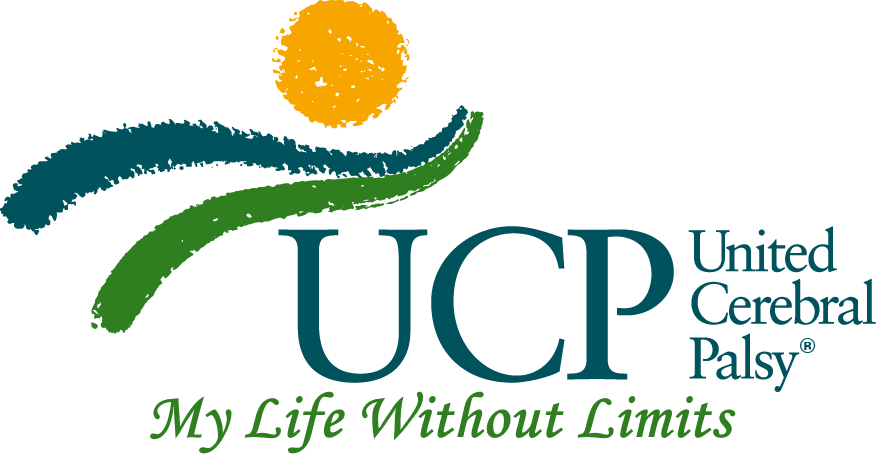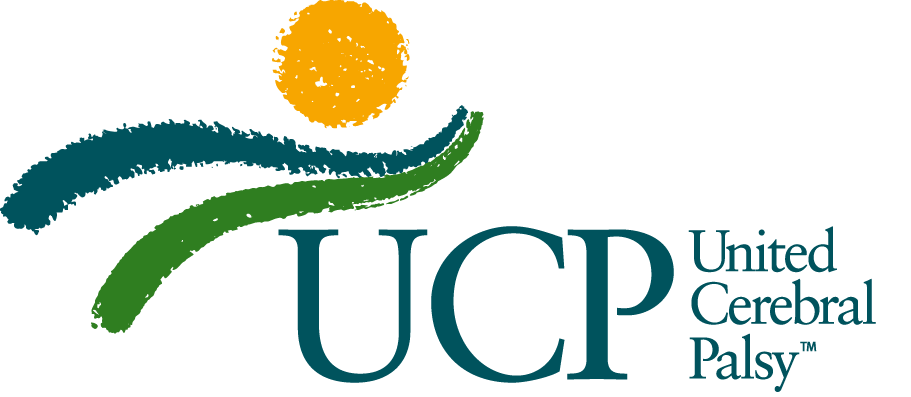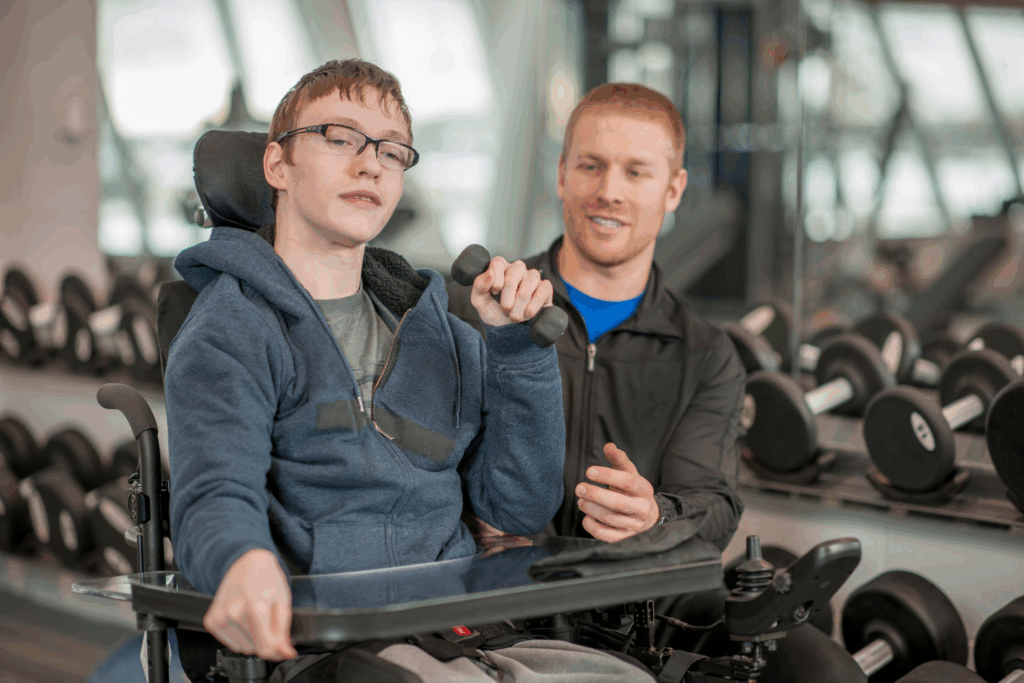By Stephen A. Dantzig, Psy. D., Education and Outreach Program Manager, United Cerebral Palsy Association of Hawai’i
In our last blog, we highlighted that adults with disabilities report frequent mental distress almost five times as often as adults without disabilities, according to the Centers for Disease Control. In this second installment, we explore three key questions:
- What are some of the more common mental health issues faced?
- Why is that number so high?
- What are some of the barriers to mental health care faced by people with disabilities?
Common Mental Health Concerns in People with Disabilities
Mental health challenges are as diverse as the disabilities themselves, but anxiety and depression are consistently reported as the most prevalent. According to the World Health Organization (WHO), nearly 1 in 7 people globally — approximately 1.1 billion individuals — live with a mental disorder, with anxiety and depressive disorders being the most common. For people with disabilities, these numbers are often higher, underscoring the need for focused attention.
Why Mental Health Issues Are More Prevalent
Several factors contribute to the higher prevalence of mental health concerns among people with disabilities.
Isolation is often listed as one of the primary reasons for increased mental health concerns among people with disabilities. Social isolation is a significant risk for depression and emotional distress and is often accompanied by a lack of accessibility to the community.
Isolation is a significant risk factor for depression and emotional distress. Limited accessibility to social, recreational, and work environments often compounds feelings of loneliness.

Stigma and feelings of worthlessness: People with disabilities frequently encounter stigma or the perception of being “less than.” These experiences can intensify anxiety and depression.
Chronic pain and physical health concerns can lead to heightened stress, anxiety, and emotional fatigue.
As individuals with disabilities age, changes in mobility, strength, or cognitive function can increase mental health vulnerability. Russell Thompson, who has cerebral palsy, explains:
“My biggest challenge is understanding what is happening within my body. It appears over the last couple of years that my muscle has deteriorated. I expected some deterioration, but not quite this early. I would like to determine if this is reversible or how much it will worsen.”
Barriers to Mental Health Care
There are many other reasons for the increased prevalence of mental health concerns in people with disabilities, but ironically, one of them may be feelings that the barriers to obtaining mental health care are too difficult to overcome.

Transportation and physical access to therapist remain major obstacles. While telehealth services have become more commonplace, it has been noted that people with disabilities have less access to the internet or mobile technology.
People with difficulties communicating may face barriers expressing their concerns for a variety of reasons including poor communication aids and lack of training. Providers tend to rely heavily on verbal communication and often lack skills in nonverbal and augmented communication. Existing services are somewhat accessible to people with milder forms of disability, but much less accessible to people with more severe disability. Services are even less accessible for those who speak a language other than English or use sign language.
For that matter, people with intellectual disabilities are often thought to be ineligible for services, in a somewhat circular argument, because they are intellectually disabled. Research indicates that the existing mental healthcare workforce is not prepared to serve people with intellectual and developmental disabilities, and there is little motivation for high-demand professionals to seek additional training for that purpose. Respondents also noted a pervasive myth that people with intellectual and developmental disabilities cannot benefit from therapy.
I, personally and professionally, find this last idea to be ridiculous. I personally worked as a school counselor providing support to students with intellectual and communication disabilities for many years. It is possible!
Hope and Next Steps
Despite these barriers, the situation is not hopeless. Many resources and strategies exist to support the mental health of people with disabilities. In our next blog, we will explore practical ways to find help and improve access to mental health care for this community.
About the Author

Dr. Stephen Dantzig earned his Doctor of Psychology degree from the Rutgers University Graduate School of Applied and Professional Psychology in 1991. His dissertation studied the development of higher cognitive functioning of children with cerebral palsy and spina bifida. He was a school psychologist for 38 years, serving New York, New Jersey, California, and Hawai’i, and is now the Education and Outreach Program Manager at the United Cerebral Palsy Association of Hawai’i. His autobiography was Get Up, Your Bus Is Here: Living MY Life with Cerebral Palsy: Trials, Tribulations and Triumphs. Read more about Stephen here.
Your Voice Matters Beyond this blog, United Cerebral Palsy Association of Hawai’i is working on a research study about aging with cerebral palsy. If you are an adult with cerebral palsy — or care for one — we invite you to share your experiences in their survey. Your input will help shape more compassionate care, policies, and support systems for adults with cerebral palsy. Take the survey here.




